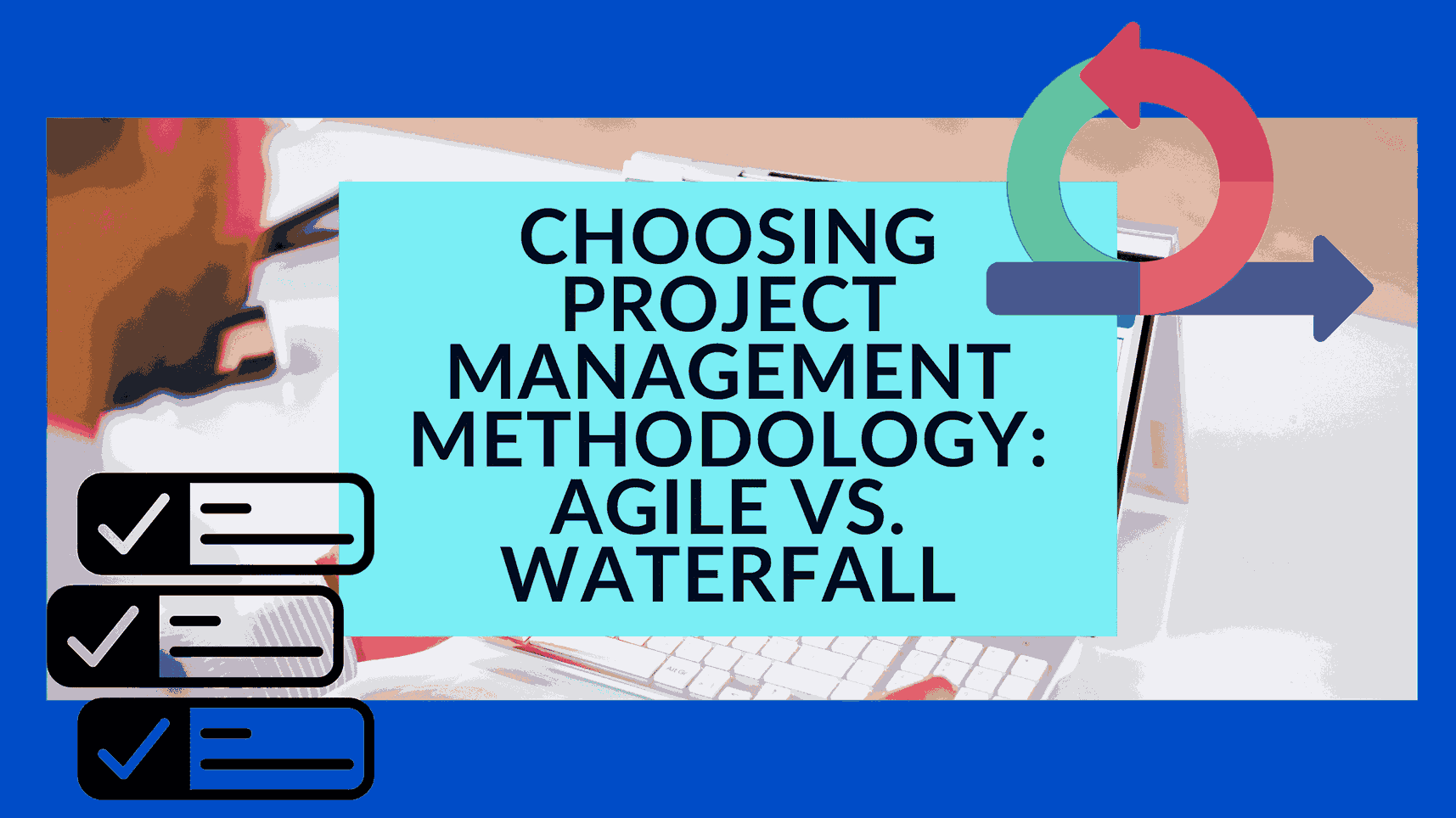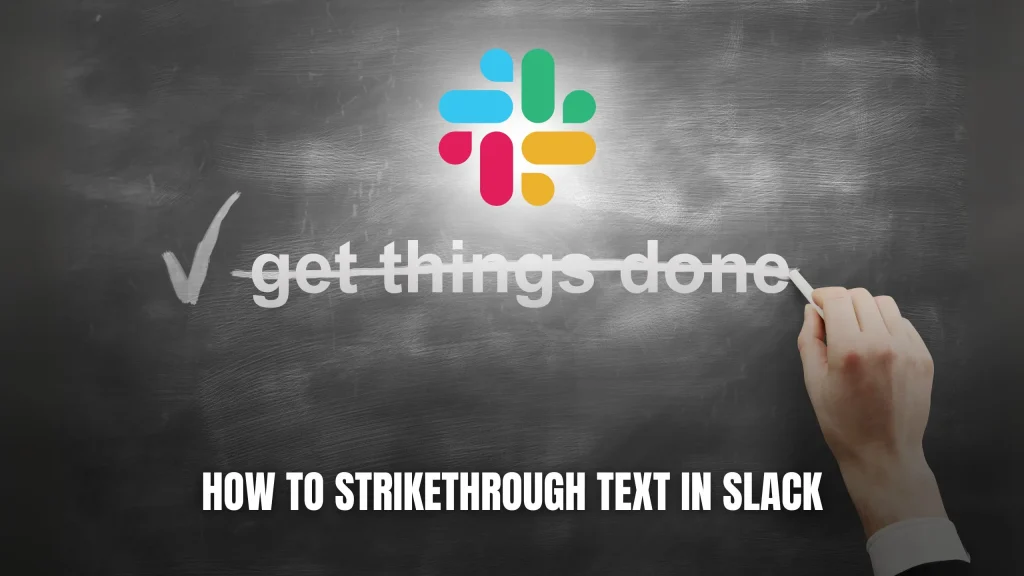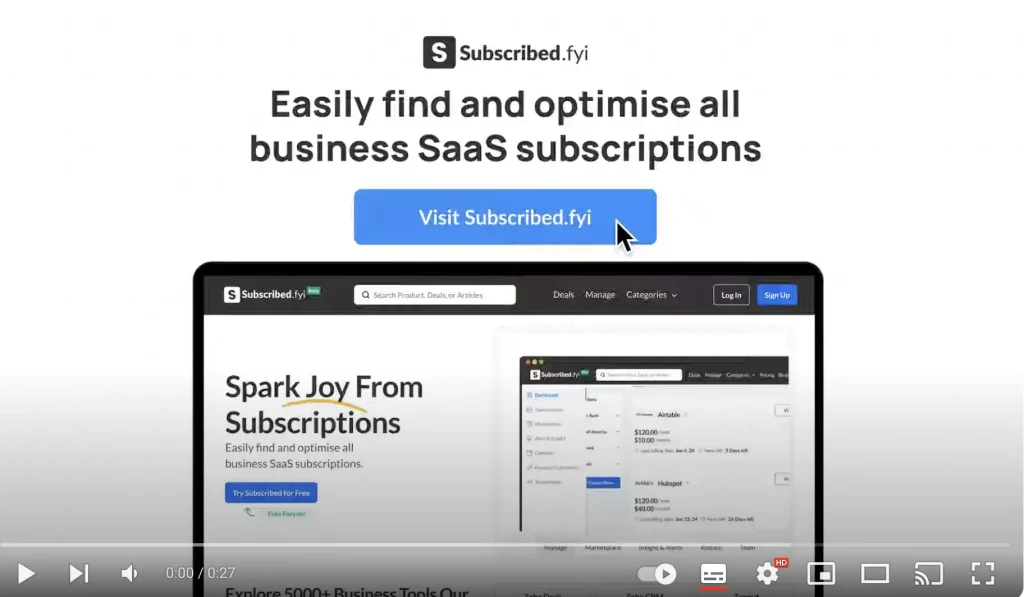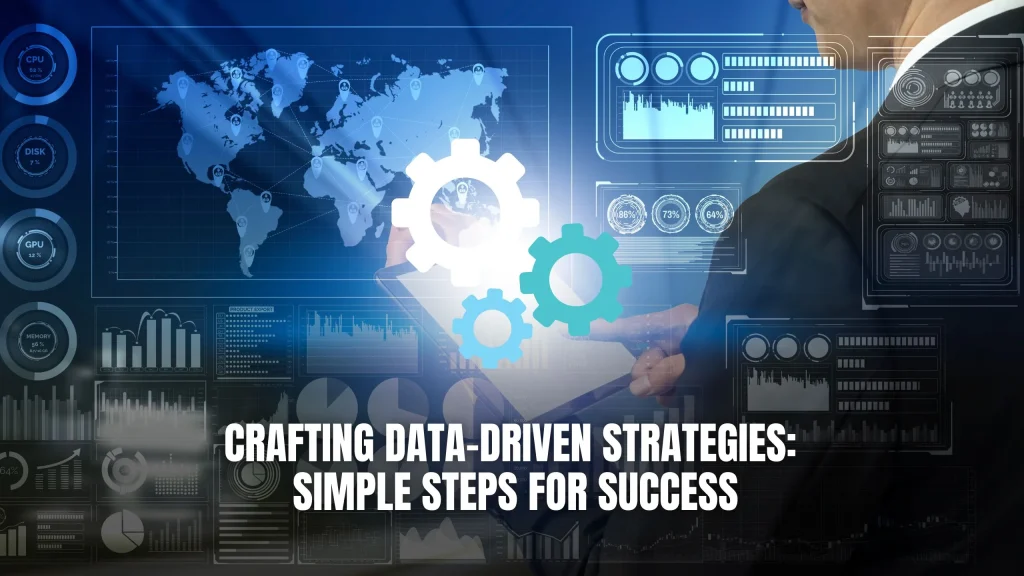Choosing project management methodology: Agile vs. Waterfall

Choosing Project Management Methodology: Agile vs. Waterfall
In the world of project management, one of the most critical decisions you’ll make is choosing the right methodology. The choice between Agile and Waterfall can significantly impact the outcome of your project. These two methodologies represent distinct approaches to project organization, each with its own set of principles and best-use scenarios. Let’s explore the differences between Agile and Waterfall and understand which one might be the right fit for your project.
Agile vs. Waterfall: What’s the Difference?
Waterfall:
Waterfall is a more traditional and linear approach to project management. It follows a sequential process with predefined phases that must be completed one after the other. In the Waterfall methodology, each phase typically depends on the deliverables of the previous phase. It’s a structured and well-documented method, making it easier to manage and plan.
Agile:
Agile, on the other hand, is a methodology that embraces an iterative process. It involves rapid actions and great flexibility. Instead of following a predefined sequence, Agile allows for changes and adaptations throughout the project’s lifecycle. It’s all about continuous collaboration and constant feedback, which leads to an evolutionary and flexible project development.
Which Methodology to Choose?
The choice between Agile and Waterfall depends on your project’s unique characteristics and requirements. Let’s break it down:
Waterfall is best suited for projects with concrete timelines and well-defined deliverables. If your major project constraints are well understood and documented from the beginning, Waterfall is likely the best approach. The linear progression of Waterfall ensures that each phase is completed thoroughly before moving to the next, making it ideal for projects where precision and accuracy are of utmost importance.
Agile, on the other hand, was created for projects where the significant constraints are not well understood. If your project involves developing a new product, the scope and timeline may be difficult to determine in advance. Agile is flexible, enabling you to plan a project in stages or “sprints” to evolve as the work progresses. It’s perfect for projects that require continuous adaptation, fostering collaboration among team members and stakeholders.
In conclusion, your choice of project management methodology should align with the unique characteristics of your project. It’s essential to consider factors like project complexity, level of uncertainty, and the need for flexibility. Here’s a simple rule of thumb:
- Choose Waterfall when your project has well-defined requirements, a fixed scope, and a clear roadmap.
- Choose Agile when your project involves uncertainties, changing priorities, and the need for ongoing collaboration and feedback.
To help you make an informed decision, consider the nature of your project and the goals you aim to achieve. By selecting the right methodology, you’ll set your project up for success from the start.
If you’re looking for an in-depth comparison between Agile and Waterfall methodologies, read the comprehensive article on TheServerSide.
Remember, there’s no one-size-fits-all solution, and many projects today even combine elements of both methodologies. The key is to remain adaptable and choose the approach that best suits your project’s needs and constraints.
For more insights, you can explore the following resources:
- Atlassian’s Guide to Agile Project Management
- Forbes – Agile vs. Waterfall Methodology
- Wrike – When to Use Agile vs. Waterfall






